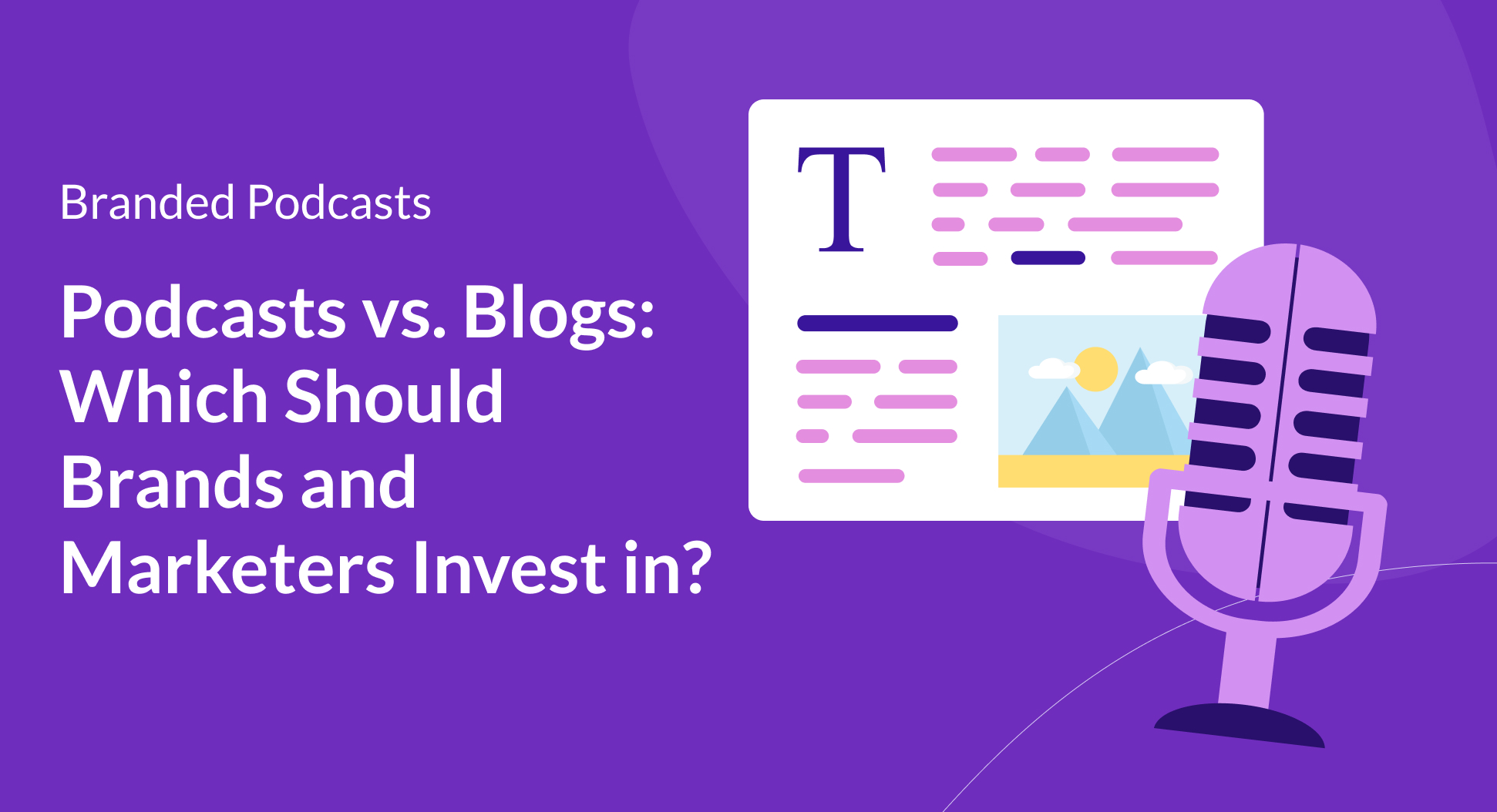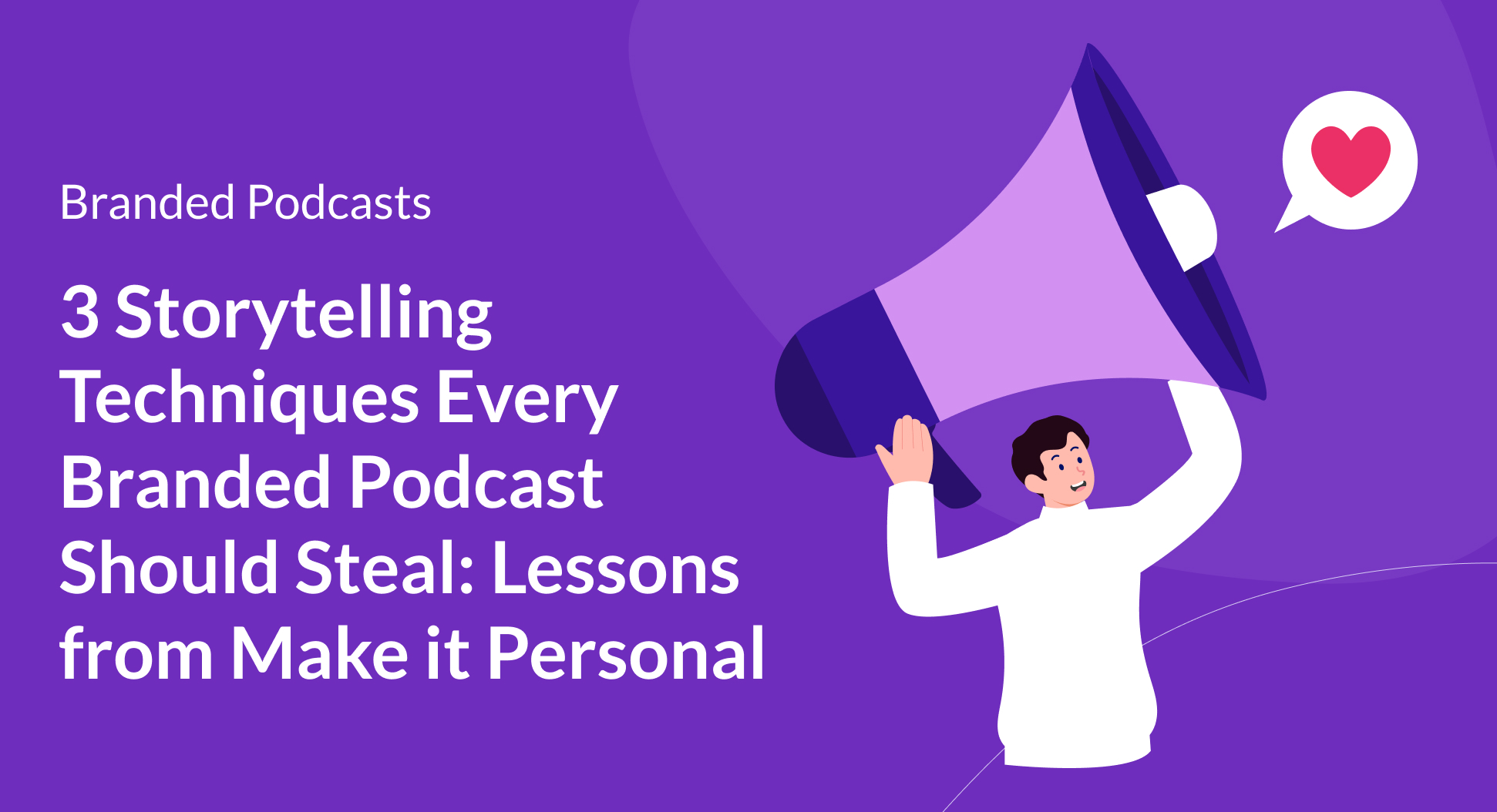Contents
With over five million podcasts in existence today, cover art is more important than ever to stand out from the masses.
Color theory is an art and science that delves into the psychology of hues, their emotions, and their impact on human perception. Just as a captivating book cover entices readers to explore its contents, a well-designed podcast cover art can enthrall potential listeners and leave a lasting imprint on their minds.
Designing your podcast cover art using color theory is a powerful way to convey your podcast’s message, attract listeners, and create a visually appealing design.
There are a few different things to consider when trying to use color theory effectively in your podcast cover art.Let’s dive into some of those concepts as well as review some examples of podcasts that have perfected their cover art.
1. Understand your podcast's theme and audience
Start by understanding the theme and content of your podcast. Consider the emotions and messages you want to convey to your target audience. Understanding your podcast's purpose and target audience is essential in selecting the right colors that resonate with them.
2. Select a dominant color
Choose a dominant color that best represents your podcast's theme and aligns with its content. This color will be the primary hue used in your cover art and will set the overall tone. Consider the emotions associated with different colors and how they relate to your podcast's message.
3. Explore color associations and color psychology
We all know that every color carries its own associations and can evoke specific emotions or ideas. As a rule of thumb, consider the following general color associations:
- Red (warm color): Passion, energy, excitement, and urgency
- Blue (cool color): Trust, calmness, reliability, and intelligence
- Green (cool color): Nature, growth, harmony, and health
- Yellow (warm color): Optimism, happiness, warmth, and creativity
- Orange (warm color): Enthusiasm, creativity, and friendliness
- Purple (cool color): Luxury, creativity, spirituality, and mystery
- Pink (can be cool or warm color): Playfulness, romance, and youthfulness
- Black (neutral color): Elegance, power, and sophistication
- White (neutral color): Purity, simplicity, and cleanliness
The example of CIBC’s Innovation Banking Podcast cover art evokes energy and excitement with its use of red, which also happens to be CIBC’s brand color.

3. Think about complementary colors
Once you have your dominant color, consider complementary colors to create a harmonious and balanced design. Complementary colors are those positioned opposite each other on the color wheel, such as blue and orange, red and green, or yellow and purple. Combining these colors can make your cover art visually striking.

A great example of cover art that uses complementary colors in their podcast cover art is the “Building Equitable Pathways” podcast by Jobs for the Future (JFF).

3. Consider analogous colors
Another option is to use analogous colors, which are next to each other on the color wheel. For example, blue, teal, and green form a similar color scheme. This creates a sense of unity and can work well for a cohesive and calming design.

A great example of cover art that uses analogous colors in their podcast cover art is the “SickKids VS” podcast by the SickKids Foundation.

4. Use a limited color palette
To avoid overwhelming your audience and maintain a clean, cohesive design, limit your color palette to a few complementary or analogous colors. A great example of a podcast cover art that uses a limited color palette is “Powering Travel” by Expedia.

5. Consider color contrast
Ensure that the colors you choose have enough contrast to make your text and design elements easily readable and recognizable. For instance, avoid pairing light text on a light background or dark text on a dark background.
A great example of a podcast cover art that uses contrasts well is “Is It Choice or Chance” by Amdocs technology professionals.

6. Test the color choices
Before finalizing your podcast cover art, test different color combinations and designs to see how they look in various sizes and on different platforms. Ensure that the colors work well in full-size and thumbnail views as your cover art will be accessed from different devices and screen sizes.
7. Ensure your design reflects your branding
If your podcast is part of a more prominent brand or website, make sure the colors in your cover art align with your overall branding.
Consistency in colors will help reinforce your podcast's identity and make it easily recognizable across different platforms.
8. Be mindful of cultural differences
Remember that color associations and meanings can vary across cultures. For example, in China, white is generally seen as unlucky, while Brazil and Thailand consider purple to be a color that can bring about misfortune.
If your podcast has an international audience, consider the cultural context of your color choices to avoid potential misinterpretations.
Are you ready to design your podcast’s cover?
By incorporating color theory into your podcast cover art design, you can create a visually appealing and impactful representation of your podcast that effectively communicates its message and attracts future listeners.
If you’d like to learn more or understand what cover art would be best for your podcast, feel free to get in touch with our team.

.avif)




.png)

.png)




.png)
.png)
.png)
.png)